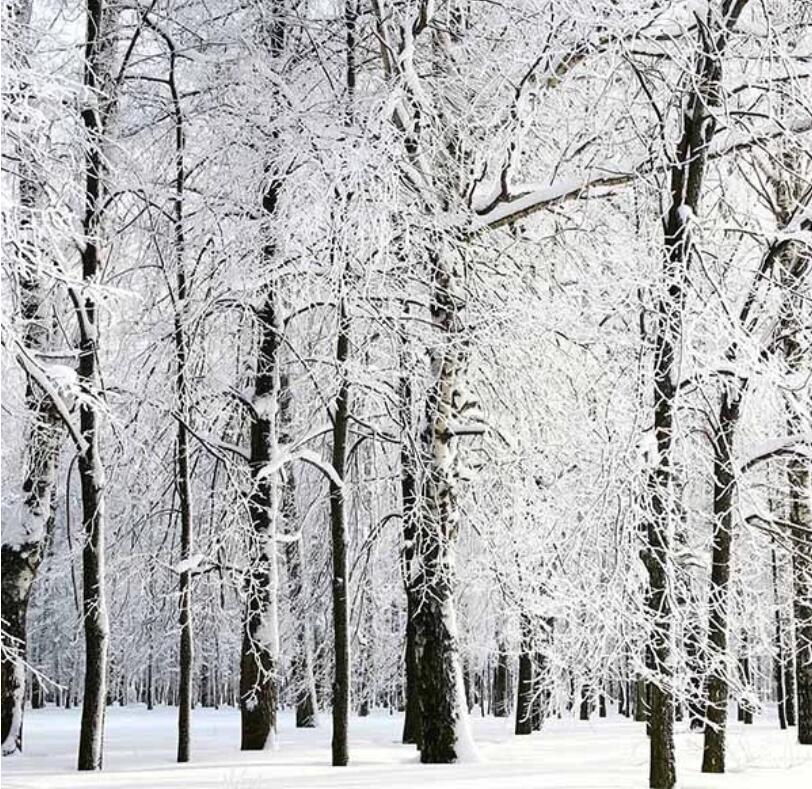The winter when the temperature plummeted was beautiful. Although the weather turned cold, people’s interest in the game was unabated. Whether it’s the silver-clad land or the colorful ice lights, it’s a fascinating scene. Many people are I want to preserve this beauty forever, so the camera is used to record this fascinating scenery. But what do you need to pay attention to in winter photography? Let's take a look at winter photography techniques.
Firstly,how to choose camera
On the one hand, the choice of filters and polarizers is an important part of making the winter scenery of the film live. The filter can absorb the short-wave light such as blue and purple, and cut helps us to reduce the brightness and adjust the color when shooting, so that the captured picture is more natural and full, and also protects the lens to a certain extent. Polarizers are as indispensable as filters. The polarizer can eliminate or reduce the spot, the strong reflection of the non-metallic surface, etc., so that the scene we shoot is more layered, and the saturation of the color will be greatly increased. Therefore, the effect will also add a lot of exposure settings.

On the other hand, most people don't have much expertise in shooting, most of them rely on the built-in functions of digital cameras for automatic exposure, but if we want to take a more vivid winter scene, we must manually set the exposure. It is. The most typical of these is the shooting of the snow scene. We all know that snow will reflect a lot of sunlight, which will lead to underexposure, relying solely on the camera's automatic exposure sensing, the quality of the photos taken is not ideal. Therefore, we need to manually increase the exposure compensation to achieve a good exposure. Although the situation is random, there are still some rules to follow. In general, multi-zone photometry can achieve good results by only adding 0.5 EV exposure compensation, and our commonly used central focus average metering method is better to increase the exposure compensation to 1.5 EV.

White balance adjustment Many digital camera CCD sensors do not have adaptive functions, and the camera's self-sensing white balance is much different from the actual picture, which puts a test on our shooting technology. In order for us to take pictures of the color of the picture, the imaging effect is perfect, we must manually adjust the white balance of the camera according to different situations, but the white balance adjustment is not regular, mainly based on the photographer's visual sense. However, not all scenes can achieve good visual effects by changing the white balance. For the smog-like scenes that are tightly wrapped by snow crystals, we can't achieve a good shooting effect by simply adjusting the white balance of the camera. We can use the method of backlighting, which will make the scene more beautiful. Layering and saturation.

Secondly, different colors with different performance
Winter scenery is not just a snow show, there are many other scenes with different colors, so we need to adjust the exposure for the main color of the main scene. But there are still rules to follow. In short, the red-based scene needs to reduce the exposure, and the picture taken is more vivid. The green-based scene must ensure the intensity of the exposure, otherwise the picture will lose the vitality of life, when the blue scene is shot. Need to reduce exposure, which can add a mysterious feeling, while for yellow, increasing the exposure will make the picture brighter. When dealing with black, white, and gray colors, we just need to adjust them randomly.



